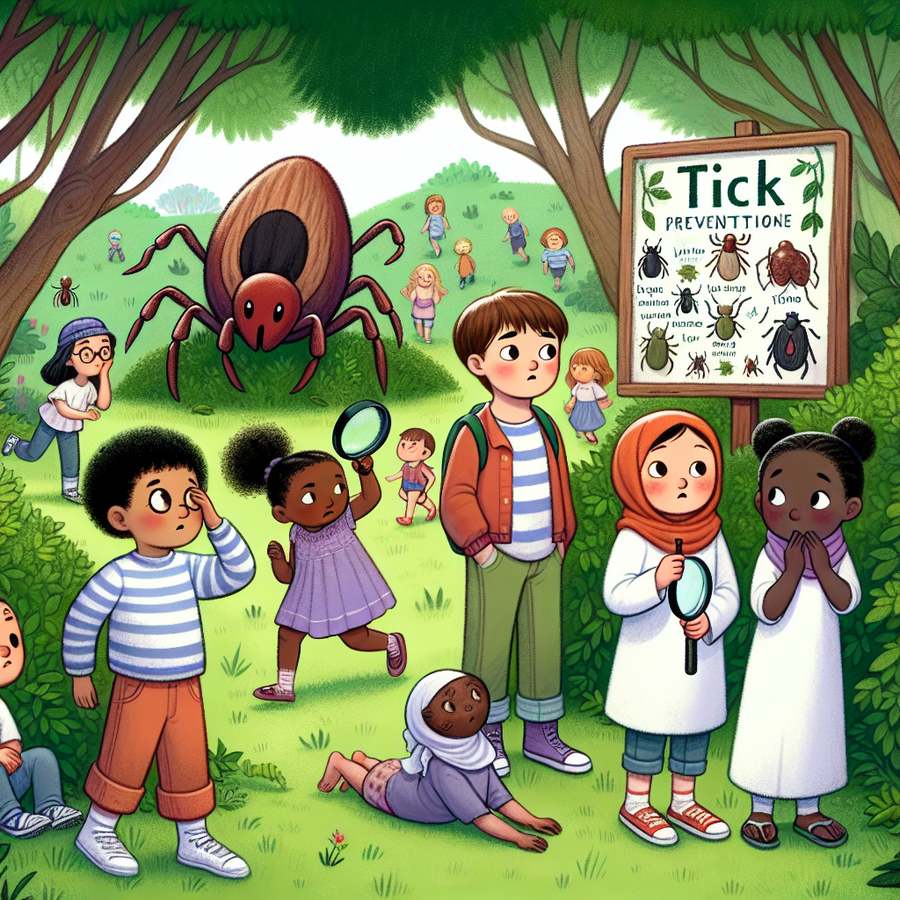Tick bite prevention and Lyme disease awareness for children are critical aspects of ensuring the health and safety of our little ones, especially during their outdoor adventures. As parents and caregivers, it’s our responsibility to equip our children with the knowledge and tools they need to stay protected against these tiny, yet potentially dangerous creatures.
Understanding Tick Habitats and Behavior
Ticks are not just confined to rural or wooded areas; they can be found in our backyards, parks, and even in urban green spaces. Knowing where ticks thrive is the first step in preventing tick bites. Ticks prefer moist, shaded areas and are often found in tall grass, bushes, and leaf piles.
It is essential to educate children about avoiding these areas and staying on clear paths while playing or hiking outdoors. Regular maintenance of personal outdoor spaces, such as mowing lawns and removing leaf litter, can significantly reduce tick habitats close to home.
Effective Tick Bite Prevention Strategies
When it comes to tick bite prevention and Lyme disease awareness for children, implementing effective strategies is key. Before heading outdoors, parents should ensure that children wear long-sleeved shirts and long pants, preferably tucked into socks, to minimize exposed skin. Using EPA-registered tick repellents on clothing and exposed skin can also offer additional protection.
After outdoor activities, conducting thorough tick checks on children is crucial. Pay special attention to underarms, behind knees, around the waist, and other warm areas where ticks might attach. If a tick is found, it should be removed promptly and safely using fine-tipped tweezers. For more information on tick removal, click here.
Tick Bite Prevention and Lyme Disease Awareness for Children
In addition to physical precautions, educating children about the risks of tick bites and the importance of Lyme disease awareness is fundamental. Simple, age-appropriate explanations about why we take certain precautions can empower children to be more vigilant about their own safety.
Furthermore, integrating awareness into everyday learning can ensure that these practices become second nature. For example, engaging children in activities like checking for ticks or choosing appropriate outdoor clothing can make learning about Lyme disease prevention more interactive and effective.
For additional resources on ensuring the safety and wellbeing of your children, consider exploring articles on Safe Sleep Practices, Essential First Aid Skills, and Sun Protection Tips for Babies.
By incorporating tick bite prevention and Lyme disease awareness into our daily routines, we can significantly reduce the risk of tick-borne diseases in children. It’s about creating a safe environment for exploration and learning, ensuring that our children can enjoy the great outdoors while staying healthy and protected.
Remember, knowledge is power. Equip your children with the understanding they need to protect themselves against ticks and foster an environment of safety and awareness. Together, we can make a difference in the fight against Lyme disease and other tick-borne illnesses.













